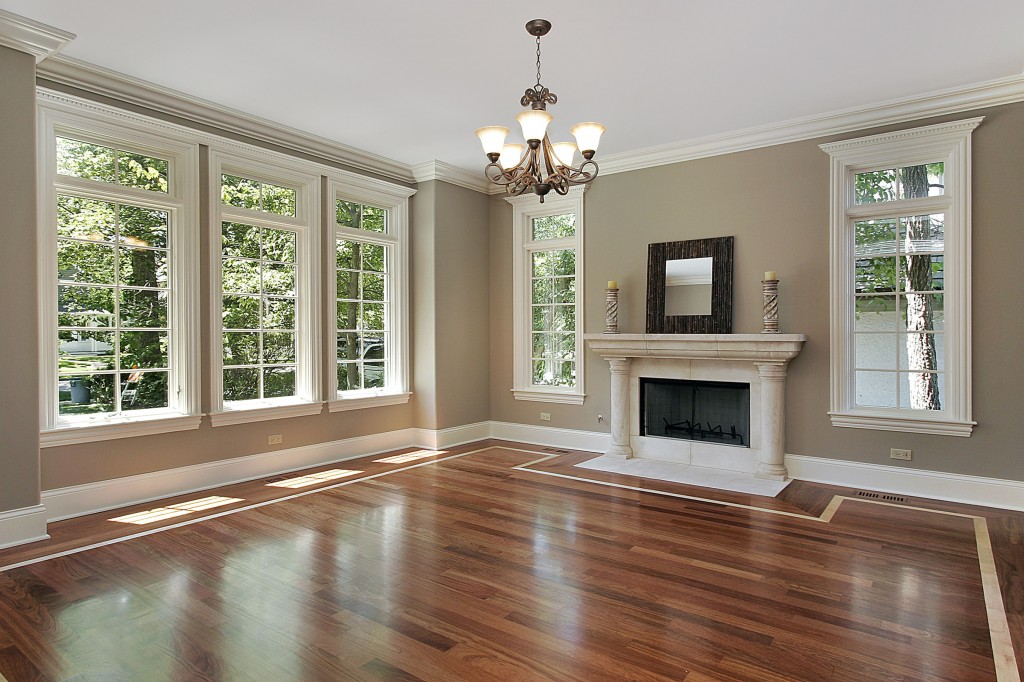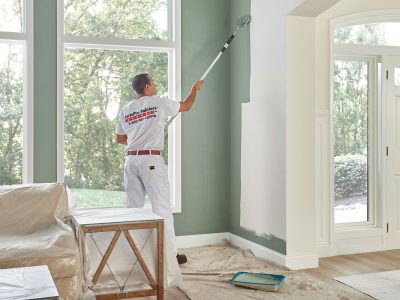Get the Best Cleveland Metro Painting Specialists for Flawless Interior Painting
Get the Best Cleveland Metro Painting Specialists for Flawless Interior Painting
Blog Article
Enhance Your Interior Decoration With Comprehensive Color Consultation
The integration of color assessment right into indoor style presents an unique chance to fine-tune and raise the emotional and visual resonance of an area. By engaging with a skilled color expert, you can navigate the intricacies of color option, making certain that your options not only complement building attributes yet additionally resonate with individual style and mental influence.
Advantages of Color Assessment

In addition, color assessment help in maximizing all-natural light and maximizing spatial assumption. Lighter hues can make a space show up even more large, while darker shades produce an intimate setup. Cleveland Metro Painting Specialists. This tactical application of shade can substantially affect the overall setting of any type of indoor area
Furthermore, professional consultants possess an extensive understanding of present patterns and timeless standards, making sure that the selected shades will stay attractive with time. This foresight can conserve clients from pricey redesigns in the future. Lastly, shade consultation encourages customers by offering them with a clear vision and direction, promoting confidence in their layout selections and inevitably bring about an extra effective and enjoyable interior decoration result.
Recognizing Color Psychology
The value of color psychology in indoor design can not be overemphasized, as it digs right into the mental and emotional impacts that different shades can stimulate in individuals. Shades can affect state of mind, behavior, and even efficiency, making them a vital consideration in any style project.
As an example, cozy shades such as red, orange, and yellow are frequently connected with power and heat. They can promote feelings of enjoyment and comfort, making them suitable for social areas like living kitchens or areas. On the other hand, awesome colors like blue, eco-friendly, and purple tend to evoke peace and tranquility, making them ideal for bed rooms or reflection areas.
In addition, using neutral tones can produce a balanced environment by permitting the bolder colors to attract attention without frustrating the detects. Recognizing these mental influences allows designers to create areas that not just look cosmetically pleasing yet additionally advertise psychological health.
Incorporating shade psychology into interior decoration involves a thoughtful selection of tones customized to the desired feature of each space, inevitably boosting the total experience for its occupants. This recognition is essential for accomplishing a unified and functional indoor atmosphere.
The Shade Wheel Explained
It consists of primary shades-- red, blue, and yellow-- that can not be created by blending various other colors. Tertiary shades result from mixing a main and a second color, leading to hues such as green and red-orange.
The color wheel helps developers comprehend the relationships between shades, including complementary, comparable, and triadic systems. Complementary colors, positioned contrary each various other on the wheel, produce lively contrasts that can invigorate a space.
Using the color wheel in interior decoration not only enhances aesthetic allure but likewise evokes details feelings and environments, making it an essential reference for shade examination. Comprehending these connections ultimately equips designers to develop spaces that are both visually captivating and functional.
Choosing the Right Scheme
A well-chosen shade scheme can combine an area, boost its functions, and stimulate preferred feelings. Different areas serve different functions and call for palettes that mirror their desired usage; for instance, serene colors such as soft blues or environment-friendlies work well in rooms, advertising relaxation.
Light can drastically alter exactly how shades show up, so it this contact form is necessary to assess the area at different times of the day. An unified palette needs to complement these functions, producing a cohesive look throughout the space.
When selecting shades, use the 60-30-10 rule, which recommends that 60% of the area must be a leading color, 30% a second color, and 10% an accent shade. This ratio guarantees equilibrium and visual rate of interest (Cleveland Metro Painting Specialists). Sample colors on the wall surfaces before committing, as this enables you to see how the tones communicate with one another and the total ambiance they create in your interior design job.
Dealing With a Shade Consultant

When collaborating with a shade specialist, the process typically begins with a preliminary consultation. Throughout this conference, you'll review your vision, choices, and the existing aspects in your room. The expert will certainly evaluate your requirements and may advise specific color combinations that line up with your goals.
After developing a direction, the consultant will supply examples and visual aids to help you imagine the recommended color pattern. This action is important, as shades can appear in a different way under differing lighting problems.
In addition, a color consultant can direct you in choosing complementary furnishings, artwork, and accessories to harmonize with your chosen palette. By teaming up very closely, you can achieve a refined aesthetic that raises your interiors and produces a welcoming environment. Ultimately, the expertise of a shade specialist can considerably boost the general effect of your style project.
Conclusion
In summary, comprehensive shade examination works as an important device for boosting interior decoration. By leveraging professional understanding of color psychology and spatial characteristics, a customized color palette can be created to stimulate specific feelings and produce an unified setting. This calculated technique not just cultivates a cohesive design narrative but also minimizes the risk of pricey see this page redesigns. Ultimately, engaging with a color consultant ensures a notified and cosmetically pleasing result, boosting the general experience of the area.
By engaging with a skilled color consultant, you can browse the intricacies of color selection, making sure that your choices not only complement architectural features yet additionally resonate with individual design and psychological influence. It consists of primary colors-- red, blue, and yellow-- that can not be produced by mixing other shades.The color wheel aids developers grasp the connections in between colors, consisting of complementary, analogous, and triadic systems.When selecting colors, utilize the 60-30-10 guideline, which suggests that 60% of the area should be a leading color, 30% a second color, and 10% an accent shade. By leveraging professional understanding of shade psychology and spatial characteristics, a customized color palette can be created to evoke specific emotions and my review here develop an unified atmosphere.
Report this page